11 savoury and sweet Japanese snacks you'll love
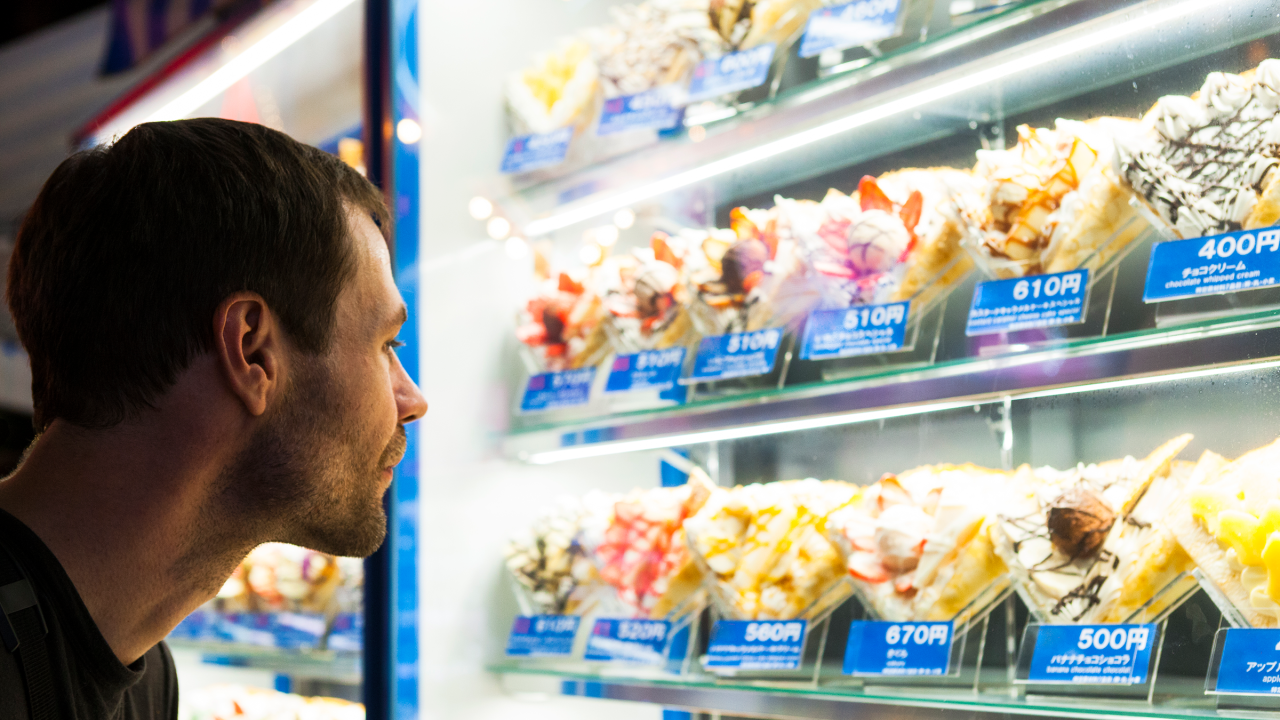
We all know that Japan is home to many unique cultures, practices and foods – but what you may not know is that Japan is also home to some of the world’s best (and strangest) snacks.
And by snacking, we don’t just mean the occasional sandwich or sweet treat. Eating on the go is a serious business in Japan, evidenced by the variety and volume of snacks found in konbini (convenience stores), like 7-Eleven, Family Mart and Mini-Stop.
To celebrate the launch of Be More Japan, our fascinating journey through the sights, sounds, quirks and wisdom of Japan, we’re exploring the wonderfully weird world of Japanese snacks.
Umaibo
Umaibō or ‘delicious stick’ is a puffed corn stick that can come in savoury or sweet versions, with popular flavours including cheese, corn potage, teriyaki burger and many others. Traditionally very cheap with a suggested retail price of 10 yen, Umaibō is seen as a national snack associated with childhood.
Onigiri
Onigiri are rice balls usually wrapped with nori seaweed, most of which are triangular and contain a meat or vegetable filling. They are ideal for a cheap lunch or refuel, functioning as a sandwich equivalent.
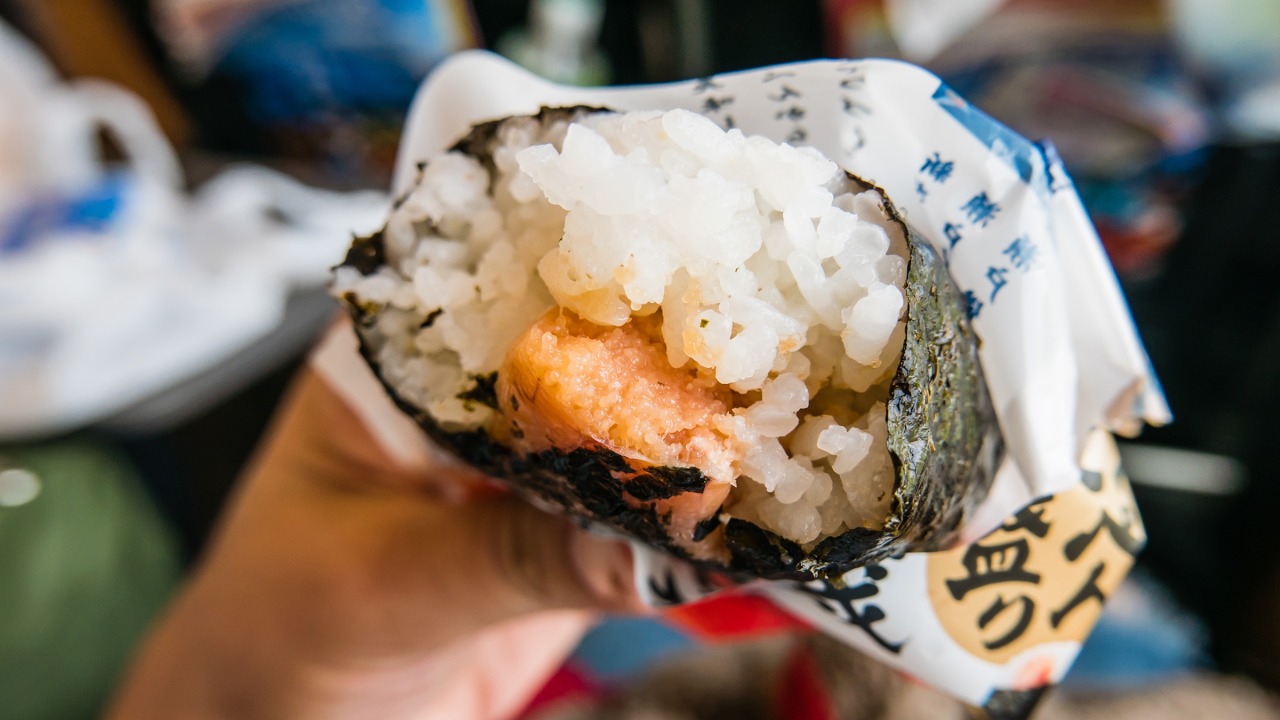
Crisps
There’s no surprise that local Japanese crisp brands experiment with flavours like no other country. Many of our favourite flavours are available of course - but they also offer less standard choices like consomme, pizza, pickled plum, salted seaweed and fish roe flavours.
Senbei
Senbei are hard rice crackers that usually have a soy tang to them but can also be sweetened, wrapped in seaweed or flavoured with sesame. Traditionally eaten with green tea, they are seen as one of the oldest and most traditional snack foods.
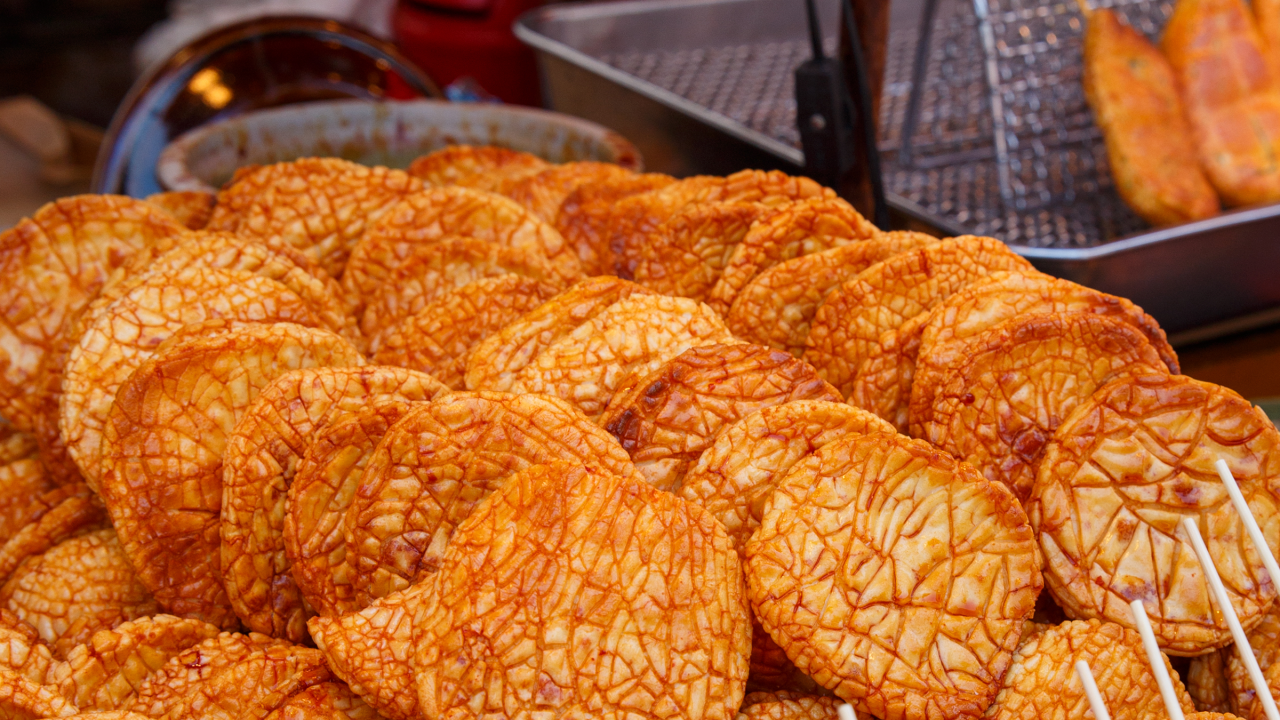
Crepes
Forget French crepes. Japanese crepes are glorious in their sheer excess. These crepes are best typified by the colourful creations you find at Cafe Crepe in Tokyo, where crepe wraps burst with whipped cream and fruit and then are lathered in chocolate and caramel sauce, some with a chunk of cheesecake or a scoop or two of ice cream squeezed in for good measure.
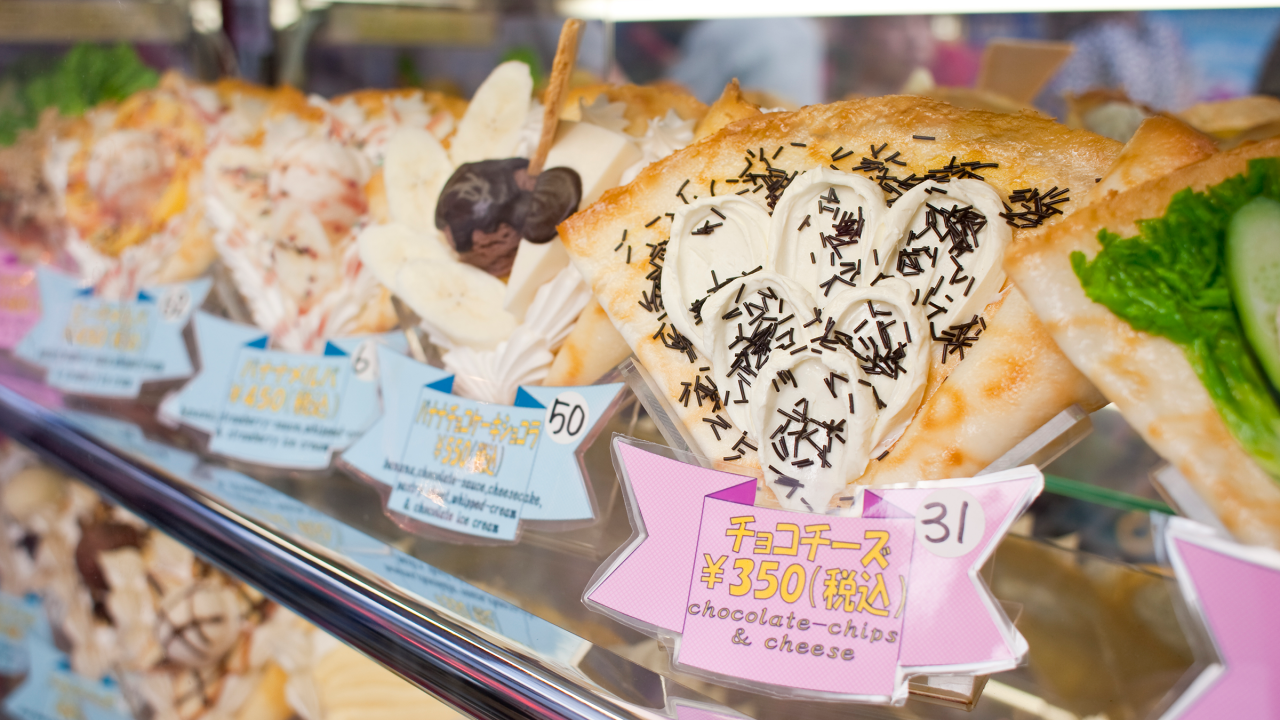
Kit Kats
Omiyage is the practice of bringing souvenirs home for friends, family and co-workers, often in brightly coloured boxes. Many snack brands will often create region-only versions based on local produce to tap into this trend, with the most famous example being Kit-Kats.
The brand initially became popular in Japan because the Japanese pronunciation sounds like kitto katsu, or ‘good luck’, making it a suitable gift to give a little encouragement to others. Regional variations include hojicha tea in Kyoto; lip-tingling shichimi spice mix in the Shinshu region; wasabi in Shizuoka as well as Japan-only varieties such as sake and matcha.
Hiyoko cakes
Hiyoko cakes (meika hiyoko) are sweet buns in the shape of baby chicks. Filled with a yellow jam made of kidney beans, the buns can also come in a variety of seasonal flavours, such as green tea or cherry blossom. They can trace their origins back to 1912 and have become a source of pride for the locals of Fukuoka Province.
An-donatsu
An-donatsu (also known as an-doughnut) are doughnuts filled with mille-feuille and red bean paste (adzuki). Although crispy on the outside, they’re also deliciously fluffy inside, with the red bean jam (popular in many Japanese, Chinese and Korean desserts) giving them a unique, sweet taste. Their origins are largely considered to be a mystery, but it is known that Mister Donut, the largest doughnut chain in Japan, added them to its menu in December 1983.
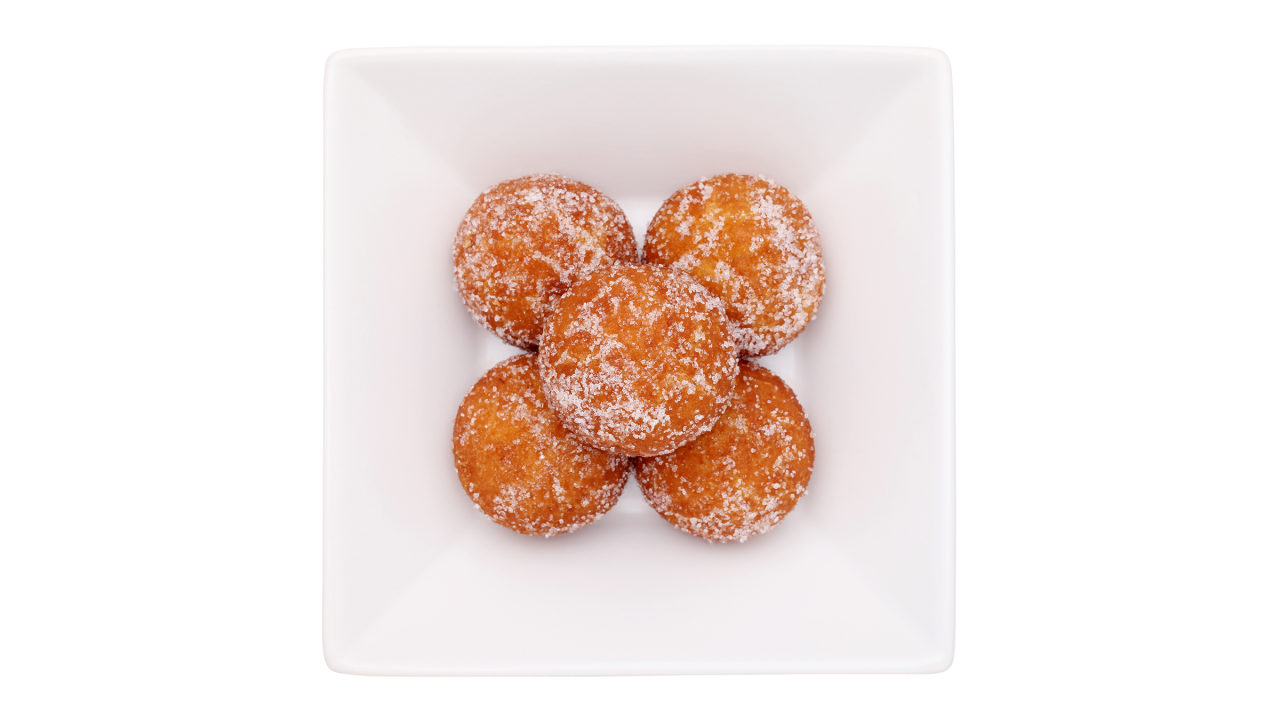
DARS
DARS is often considered to be Japan’s favourite chocolate, with each bar consisting of a dozen bite-sized chocolate pieces wrapped in foil and placed in a box. Made by Tokyo-based Morinaga & Company, they come in multiple flavours such as white chocolate, strawberry, lemon, raspberry and mint.
Hi-Chew
Also made by Morinaga, Hi-Chew is a soft chewy candy, first released in 1975 but originating from Chewlets, which were invented in the 1930s as a form of edible chewing gum, due to the Japanese cultural taboo against removing food from one’s mouth. As well as being extremely popular in Japan, Hi-Chew is now sold across the world and has extended its available flavours to 131.
Pocky
First sold in 1966, Pocky biscuit sticks are world famous, and are sold under the name Mikado across Europe. Although chocolate remains the most popular flavour, variations are aplenty across Japan, including banana, green tea and strawberry and ‘two tone’ variations. Regional flavours also exist across Japan, such as yūbari melon in Hokkaidō, giant mikan (tangerine) in the Kyūshū region and Kobe wine in Kobe.
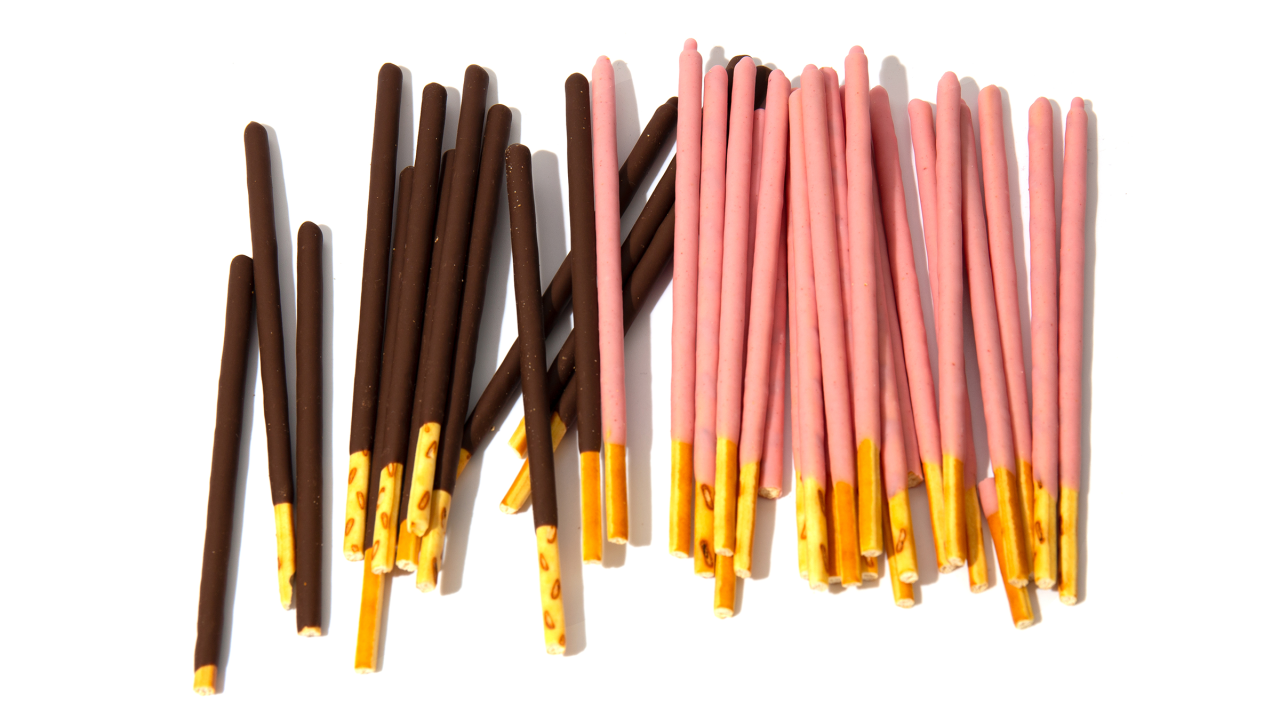
Be More Japan
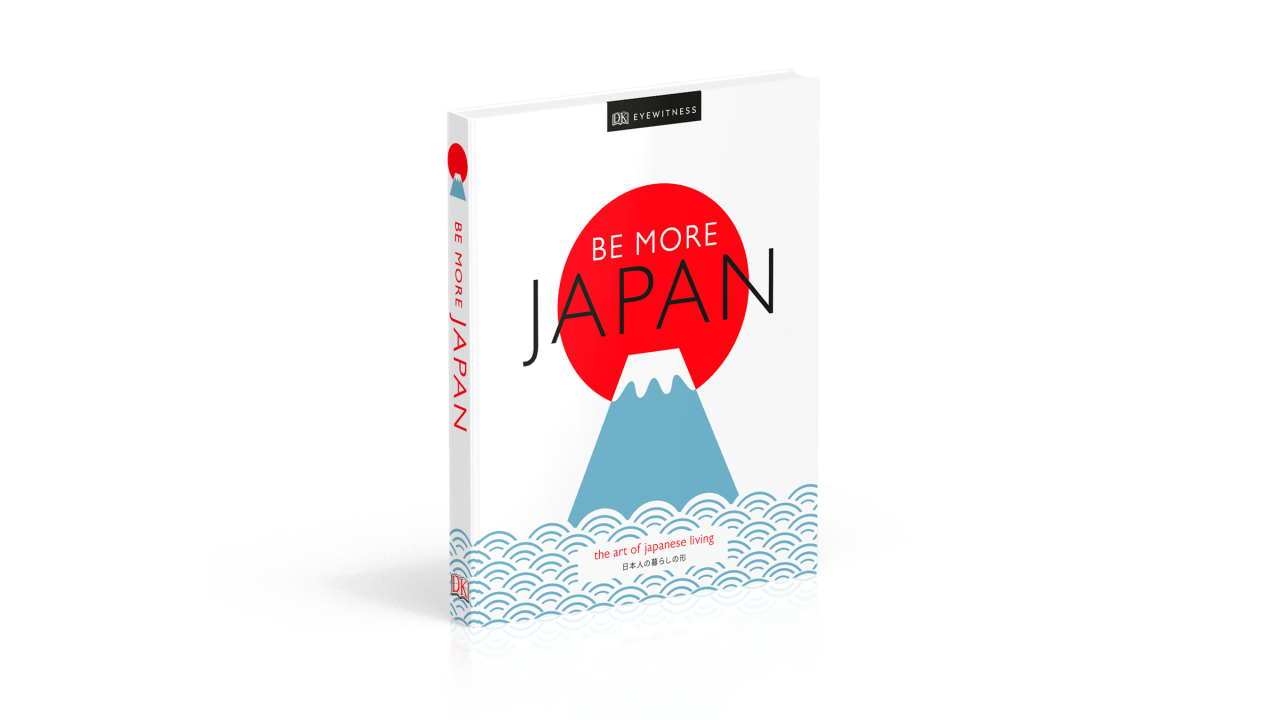
Whether you're dreaming about your first journey, revisiting the trip of a lifetime or simply in love with all things Japan, Be More Japan will transport you to this fascinating country.
Dive into the thrilling and serene world of Shinto monks, street food vendors, anime characters, Okinawan centenarians, technological innovators, J-Pop megastars, ancient philosophers, onsen dwellers and so many more.
There are so many ways to fall in love with Japan. It's home to one of the world's most unique cultures: a perfectly balanced celebration of past traditions; the vibrancy of now and the need to look fearlessly into the future.
From architecture to martial arts; from ramen to robots; kawaii to Kusama; ikigai to ikebana; towering skyscrapers to shrines - Be More Japan uncovers the art and creativity behind modern Japanese living through its kaleidoscope of contrasting places, people and practices.
With beautiful design throughout and with each page alive with facts, history and inspiration, Be More Japan invites you to absorb a little Japanese wisdom into your daily life.
Find out more about Be More Japan here
Read next
Why Japanese whisky is so good
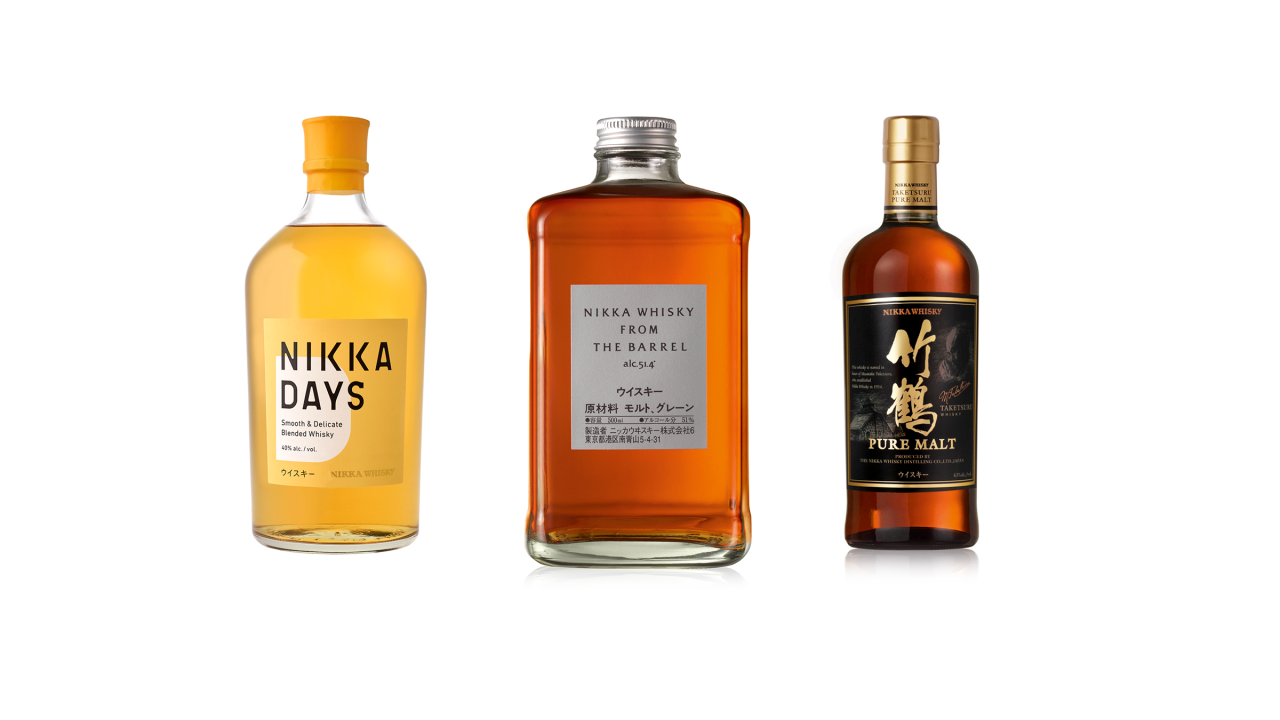
Whisky production is a relatively new craft in Japan, but the country’s distillers have wasted no time in making their mark on the industry. Today heralded as world-class, Japanese whiskies have won countless accolades and praise – not bad going for a country with only a handful of distilleries.
How Japan got its reputation for healthy living and dieting

The Japanese are among the longest-living people on earth, attributed in part to a healthy traditional diet and an incorporation of exercise into their daily routines. With over 2 million people who are aged over 90, we know that Japan must be doing something right when it comes to physical and mindful wellbeing.
